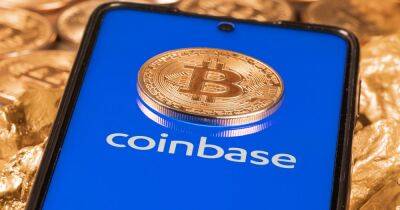What are crypto faucets and how do they work?
On blockchains like the Ethereum Mainnet, fees represented in the blockchain's cryptocurrency units must be paid for transactions to be performed and recorded. From exchanges, one can purchase Ether (ETH), the native cryptocurrency of the Ethereum blockchain, and pay the transaction costs. However, alternative Ether distribution mechanisms are utilized on test networks like Rinkeby and scientific research blockchains like Bloxberg.
One such method is a faucet, which grants users free cryptocurrency following some predetermined rules. In general, faucets provide a fixed amount of money for a specific time or block. For instance, Bloxberg Blockchain's web-based faucet offers 0.2 ETH.
Related: What is cryptocurrency? A beginner’s guide to digital currency
So, if you are still wondering, does “free crypto” really exist? The answer is yes! A crypto faucet is nothing more than a website that awards you token sums of cryptocurrency in exchange for performing easy tasks like solving quizzes, watching ads or videos, etc.
But, what is the purpose of a crypto faucet? Crypto faucets are designed to provide users with free cryptocurrency to start learning about digital assets and eventually use them. For instance, the low-income unbanked population can access financial services through a blockchain-powered permissionless network.
In this article, you'll discover what crypto faucets are, their purpose, the types of crypto faucets, how they work and the various risks associated with crypto faucets.
A crypto faucet's operation is simple—all you have to do is to register with a digital asset service or visit a cryptocurrency faucet website or app that rewards you with free crypto for playing games, taking part in surveys and watching videos
Read more on cointelegraph.com




















